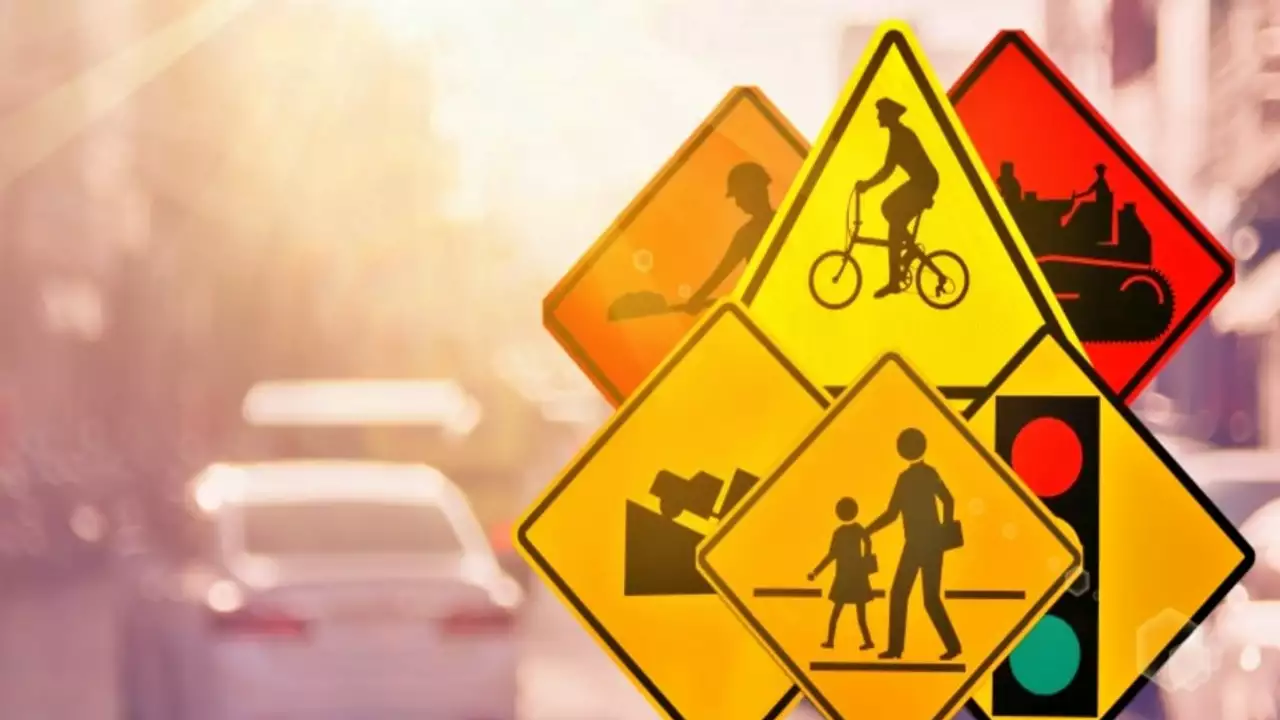Traffic Regulations: What Every Driver Should Know
Traffic regulations keep roads safer, cut confusion, and protect you from fines. If you drive or ride in India, a few clear rules and habits will save time, money, and stress. This page collects easy, practical advice about licences, documents, common offences, and how to deal with fines or updates.
Key rules every driver should know
Carry these every time you travel: a valid driving licence, your vehicle registration (RC), valid insurance, and pollution under control (PUC) certificate. Police can ask for them at checkpoints and when you’re stopped for an offence.
Wear seat belts in the front and ensure children use approved restraints. Two-wheeler riders must wear helmets. Mobile phone use while driving is banned — use hands-free options only when parked. Follow lane rules, traffic signals, and one-way signs. Don’t block intersections or pedestrian crossings.
Speed limits vary by road type. Follow local signs and reduce speed in crowded or wet conditions. Overtake safely — only where permitted. Don’t drive under the influence; drink-driving laws carry heavy fines and possible jail time. Keep a safe distance from the vehicle ahead to avoid sudden stops.
Fines, challans and what to do if stopped
Traffic fines grew after the Motor Vehicles Act changes; penalties can be steep for offences like driving without a licence, rash driving, or not wearing a helmet. Many cities use e-challans now, recorded by cameras or traffic cops. If you get a challan, check the official e-challan system of your state to verify details and pay online to avoid extra fees.
If a traffic officer stops you, stay calm. Show documents when asked. If issued a challan, note the offence details and the officer’s name. You can contest incorrect fines through the prescribed complaint process or at the local transport office. Keep receipts and records of all payments.
Vehicle fitness matters. Regular service, tyre checks, brake inspection, lights and horn maintenance keep your vehicle roadworthy. For commercial vehicles, timely fitness certificates and permits are essential to avoid heavy penalties. Remember: a well-maintained vehicle reduces risk and avoids legal trouble.
Want to stay updated? Follow your state transport department’s announcements, watch for rule changes covered by trusted news outlets, and check your RTO notices. Use official government apps or portals for digital documents and challan payments — they’re accepted widely and reduce paperwork.
Traffic rules can feel strict, but they’re mostly common-sense habits: carry documents, follow signs, don’t use your phone while driving, and maintain your vehicle. Small habits prevent big problems. Browse our tag for articles, practical guides, and news updates on traffic regulations to stay informed and avoid surprises on the road.
What are laws for hit and run in india?
In India, the laws surrounding hit and run cases are quite serious. If a driver flees the scene after causing an accident, they can be heavily penalized under the Motor Vehicles Act of 1988. This can lead to imprisonment of up to two years, or a fine, or both. Additionally, the court can also suspend the driver's license. It's extremely important to stay at the scene if you're involved in an accident, to avoid these harsh consequences.
